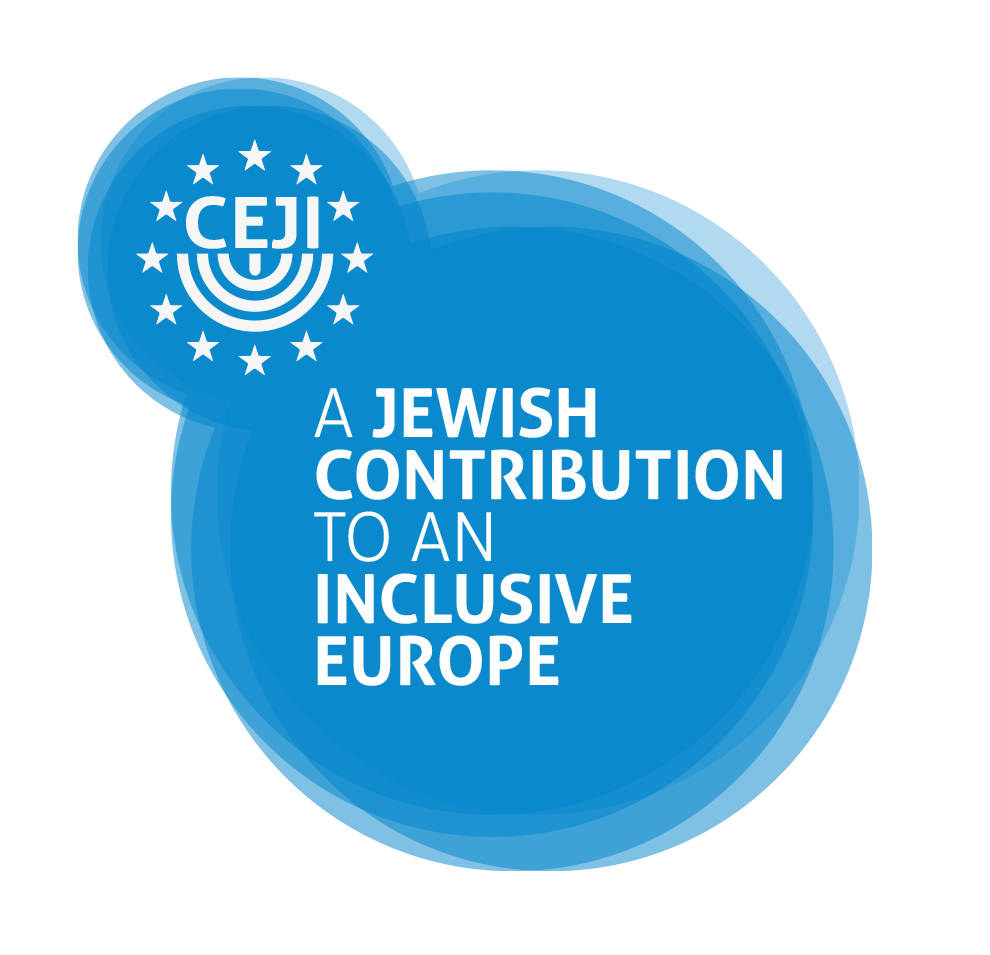Fostering Jewish life in Europe requires an intersectional approach
June 13, 2023
CEJI is actively adopting intersectionality and striving to create safe spaces for Jewish and racialized communities. Rejecting intersectionality isolates Jewish communities and exacerbates existing inequalities while embracing it can lead to transformative change, knowledge sharing, and joint efforts in combating antisemitism and discrimination.
At the policy level in the EU, intersectionality is defined as an analytical tool that studies how sex, gender, and other personal characteristics intersect and contribute to unique experiences of discrimination. However, the legal scholar Kimberly Crenshaw reminds us that intersectionality should not only be seen as an analytical tool but as a way of perceiving and acting. Therefore, besides being a policy approach in the EU, it can also be invaluable for local Jewish communities.
Here are three key points about the importance of intersectionality:
1. Understanding discrimination: Intersectionality helps us grasp the structural aspects of antisemitism and racism, unravelling harmful stereotypes and prejudices. By recognizing how different systems of oppression intersect, we can better comprehend the complexities of antisemitism and move beyond individual instances of discrimination. For example, it challenges the stereotype of Jewish people as excessively powerful, and it highlights the experiences of Jews of colour who face additional forms of discrimination.
2. Inclusive Jewish life: Jewish Youth, LGBTIQ+ Jews, Jews of colour, Mizrahi, Sephardic, Ashkenazi and from all diaspora backgrounds and cultures, Jews with disabilities, from inter-faith parents and much more matter for the fostering of Jewish life in Europe Without an intersectional approach, we cannot fully support Jewish life in all its diversity in Europe. Incorporating intersectionality, such as in education, research and policymaking, sheds light on hidden experiences of discrimination and enables targeted actions to combat prejudice and exclusion both within and surrounding Jewish communities.
3. Building alliances: Intersectionality teaches us to be better allies by understanding the historical experiences of marginalized communities. By engaging with Jewish perspectives and addressing the lack of inclusion in anti-racist social movements, we can dismantle structural discrimination and foster greater understanding among different groups.
It is crucial to question why global antisemitism is rarely included in intersectional spaces and why Jewish experiences are often excluded from anti-racist movements claiming to be intersectional.
Intersectionality is a powerful tool that helps us understand discrimination, promote inclusivity, and build alliances. Embracing intersectionality is essential for a comprehensive fight against antisemitism, and it can help ensure that progress in this and other equality areas are mainstreamed in a way that benefits all communities with all their diversities.
Read this Deep Dive article to know more about intersectionality.



